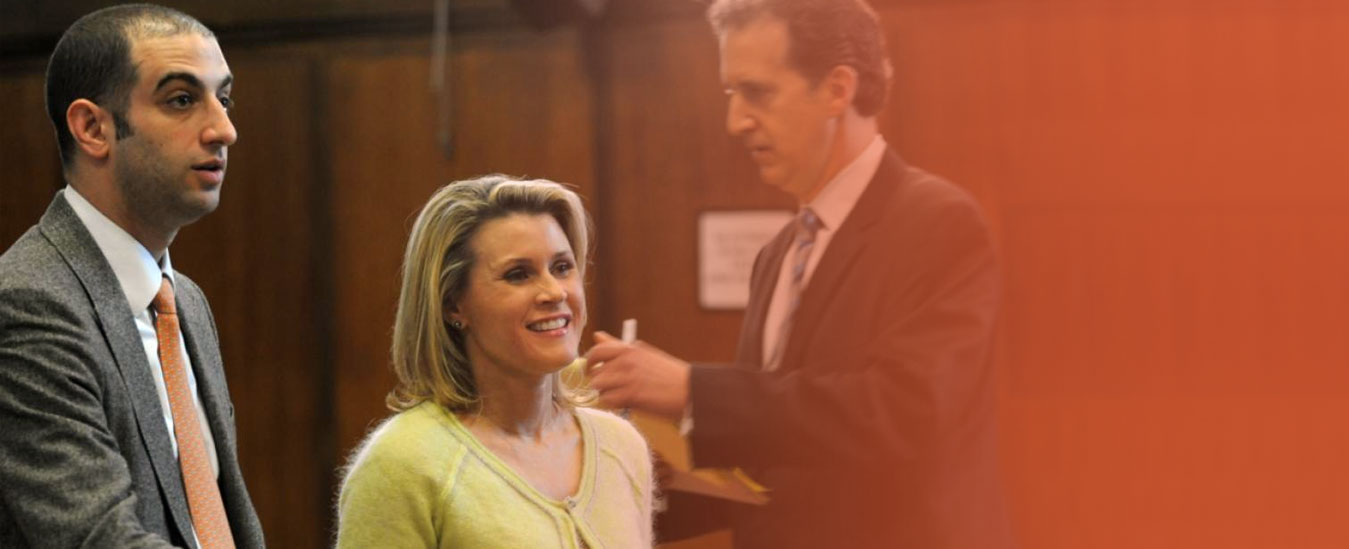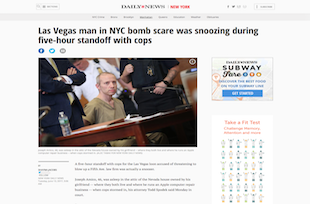Brooklyn Crime Rate
Brooklyn Crime Rate
Thanks for visiting Spodek Law Group – managed by Todd Spodek, a second-generation law firm with over 40 years of combined experience defending clients across Brooklyn and New York City. Brooklyn just experienced its safest year on record for gun violence. In 2024, Brooklyn recorded **287 shooting incidents** – the lowest since record-keeping began, beating the previous low of 290 shootings in 2019. **345 shooting victims** in 2024, down 14% from 2023, marking the fewest victims on record. Homicides dropped 6%. The first half of 2025 continued the trend: shooting incidents down 19%, shooting victims down 15%, and eight of Brooklyn’s twenty-three precincts reported *zero homicides*.
Yet when you’re charged with a crime in Brooklyn, prosecutors don’t cite 2024-2025’s historic safety. They reference the pandemic surge. They cite neighborhood-specific crime rates if you were arrested in Brownsville or East New York. They invoke hate crime increases if your case involves protected categories. Statistical narratives serve prosecutorial strategy – declining crime should reduce charging aggression, but prosecutors claim credit for improvements while maintaining the same harsh approach toward defendants. When crime statistics become political tools rather than evidence of actual threat levels, defendants need attorneys who force prosecutors to justify charging decisions based on current reality, not selective data manipulation.
What the 2024-2025 Numbers Actually Show
Brooklyn’s 2024 crime statistics represent historic lows for gun violence:
- **Shooting incidents:** 287 in 2024, down 15% from 338 in 2023. This beat the previous record low of 290 shootings in 2019.
- **Shooting victims:** 345 in 2024, down 14% from 399 in 2023. This marked 18 fewer victims than the previous low of 363 recorded in 2019.
- **Homicides:** Down 6% compared to 2023, with particularly steep declines in neighborhoods traditionally associated with gun violence – East New York homicides dropped 48%, East Flatbush fell 41%, Fort Greene declined 50%.
- **Total serious crime:** Down 5.9% borough-wide.
The first half of 2025 extended these improvements. Brooklyn recorded 123 shooting incidents (down 19% from the same period in 2024) and 147 shooting victims (down 15%). Eight precincts reported zero homicides in the first half of 2025, compared to only three precincts at the same time in 2024. Brownsville – historically one of Brooklyn’s most dangerous neighborhoods – saw murders drop from 14 to just 2.
These aren’t marginal improvements or statistical flukes. Brooklyn achieved the safest year on record for gun violence, surpassing even pre-pandemic lows. When prosecutors charge firearms offenses, assault, robbery, or homicide, they should acknowledge that Brooklyn is safer now than at any point in recent history. Do they? No. They invoke pandemic-era spikes, reference five-year trends that include 2020-2021’s anomalous increases, or shift focus to specific neighborhoods where crime remains elevated compared to borough-wide averages.
Neighborhood Disparities Prosecutors Exploit
Brooklyn’s overall crime rate of 3.69-4.37 violent crimes per 1,000 residents masks enormous neighborhood variation. Crime rates in southeast Brooklyn reach as low as 1 in 532, while northwest neighborhoods see rates as high as 1 in 149. When you’re charged with a crime, prosecutors leverage these disparities strategically. Arrested in Brownsville, East New York, or Bed-Stuy? Prosecutors cite that neighborhood’s historical crime rates – even though Brownsville’s 2025 murders dropped from 14 to 2, they’ll reference prior years’ statistics to argue you pose heightened community danger.
Arrested in Park Slope, Carroll Gardens, or Brooklyn Heights? Prosecutors frame your conduct as particularly threatening because “this neighborhood doesn’t tolerate crime.” Either way, prosecutors use geography against you – high-crime neighborhoods justify aggressive charging because the community needs deterrence, low-crime neighborhoods justify it because residents expect safety. At Spodek Law Group – we challenge prosecutorial narratives that weaponize neighborhood statistics to inflate your alleged threat level regardless of what you actually did.
Precinct-Level Prosecution Variations
Brooklyn’s 23 precincts enforce laws differently. Precincts covering high-crime areas historically charged more aggressively, opposed bail more frequently, rejected diversion programs more often. Now that eight precincts reported zero homicides in the first half of 2025 – meaning a third of Brooklyn’s precincts went six months without a single murder – will prosecutors in those precincts adjust charging practices? Acknowledge reduced threat? Offer more lenient plea bargains? Experience suggests no. Prosecutors maintain aggressive postures whether crime rises or falls, claiming credit for declining crime when convenient but refusing to ease prosecutions when statistics improve.
Hate Crimes Create Political Pressure
While Brooklyn’s overall violent crime declined dramatically in 2024-2025, hate crimes increased significantly. The top three targeted groups: Jewish people, LGBTQ individuals, and African-Americans. When prosecutors charge cases involving protected categories – assault motivated by race, religion, sexual orientation, gender identity – they face political pressure to file enhanced hate crime charges even when evidence of bias is ambiguous. Hate crime statutes require proving the defendant *selected the victim* based on protected characteristics or *targeted them because of* protected status.
Prosecutors stretch this requirement. Bar fight between a white defendant and Black victim? Prosecutors investigate for hate crime enhancement even when the altercation stemmed from personal dispute. Vandalism at a synagogue? Automatic hate crime prosecution even when the defendant may have targeted the building for non-religious reasons. LGBTQ victim assaulted? Prosecutors assume bias motive and force defendants to disprove it, reversing the burden of proof. The increase in reported hate crimes creates prosecutorial incentive to file enhanced charges because declining to do so invites political criticism from advocacy groups.
Defense requires deconstructing the bias motive narrative – showing alternative explanations like prior personal conflict, random target selection, motivation unrelated to the victim’s identity. When evidence of bias is weak, prosecutors shouldn’t be rewarded for filing politically popular charges that don’t meet statutory requirements.
Property Crime Dominates but Gets Less Attention
Property crimes constitute approximately 80% of Brooklyn’s reported crime – grand larceny, auto theft, burglary. Brooklyn’s property crime rate sits around 21 per 1,000 residents. Yet public focus and prosecutorial resources concentrate on violent crime because declining shootings and homicides generate positive headlines. When you’re charged with grand larceny, auto theft, or burglary, prosecutors have less political incentive to seek maximum sentences compared to violent offenses, but they still overcharge strategically.
Prosecutors inflate property values to reach higher-degree charges. Stole merchandise worth $900? Prosecutors claim $1,100 to hit grand larceny thresholds. Auto theft prosecutions target organized rings, so prosecutors charge individual defendants as conspirators even when they acted alone. Burglary requires proving you entered unlawfully with intent to commit a crime inside – prosecutors infer intent from mere presence.
At Spodek Law Group, we challenge property valuations, contest conspiracy allegations, and force prosecutors to prove intent rather than assume it. Property crime prosecutions may receive less media attention than shootings, but they still carry serious sentences – grand larceny in the first degree can result in up to 25 years in prison. Your defense requires attorneys who understand that declining violent crime statistics don’t reduce prosecutorial aggression toward property offenses.
Statistical Cherry-Picking Serves Prosecutorial Strategy
Brooklyn’s crime data offers prosecutors multiple narratives depending on which timeframe they select:
- **Compare 2025 to 2024:** Crime declined – prosecutors claim their aggressive enforcement worked, justify continued harsh charging.
- **Compare 2025 to 2019 (pre-pandemic):** Crime is roughly similar or slightly lower – prosecutors argue we’ve returned to baseline safety, no reason to reduce charging.
- **Compare 2025 to 2020-2021 (pandemic peak):** Crime declined dramatically – prosecutors take credit for improvement while maintaining the enforcement posture they adopted during the pandemic surge.
- **Compare specific neighborhoods:** Prosecutors cite whichever geographic area makes their argument stronger – borough-wide stats if overall crime is down, neighborhood-specific stats if your precinct has elevated rates.
When prosecutors present crime statistics during bail arguments, plea negotiations, or sentencing, assume they’re selecting data to maximize your apparent threat. Your attorney must expose these manipulations – demand current year-to-date statistics, compare to multi-year trends, show neighborhood-specific improvements, challenge claims that you pose heightened danger when Brooklyn just experienced its safest year on record. Todd Spodek’s representation of Anna Delvey demonstrated what vigorous advocacy looks like when prosecutors construct narratives based on selective evidence and media frenzy. The prosecution wanted to make an example of her based on public outrage. Spodek forced them to prove specific intent for each charge, resulting in acquittals on the most serious counts. Crime statistics work the same way – prosecutors weaponize data selectively, defense must deconstruct it systematically.
Brooklyn’s violent crime rate declined to historic lows in 2024-2025. Prosecutors will continue citing whatever statistics support aggressive charging regardless of current trends. Your defense requires attorneys who understand that crime rates measure thousands of incidents involving thousands of individuals – not your guilt or threat level. We’re available 24/7 because constitutional violations don’t wait for press releases about declining crime. Call us.
Related Posts
Brooklyn Gun Crime LawyerThere's one reason you're on this website: you're looking for an elite criminal defense law firm, to handle your gun crime case…














NJ CRIMINAL DEFENSE ATTORNEYS